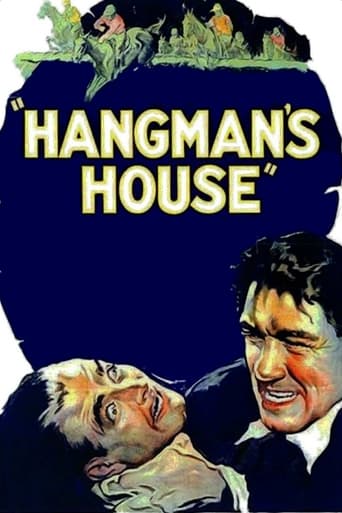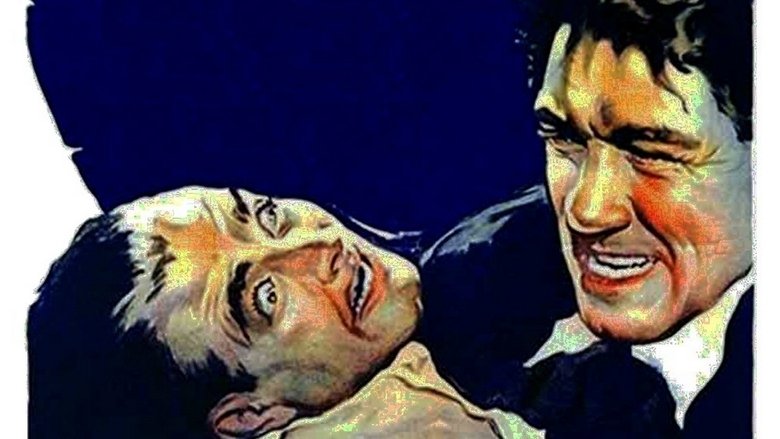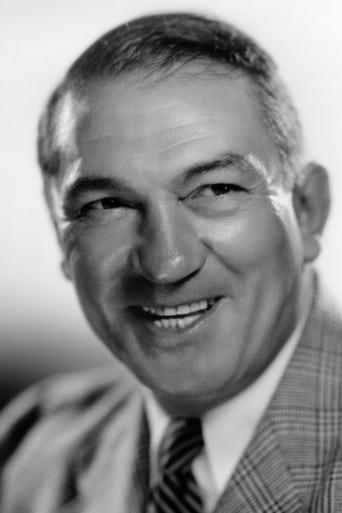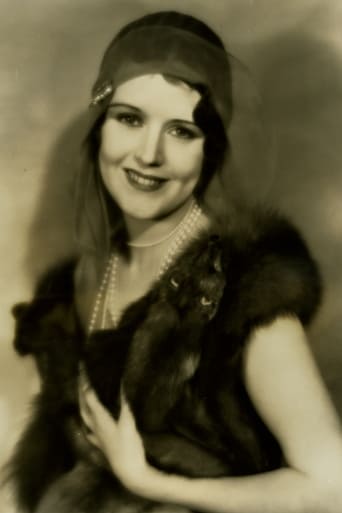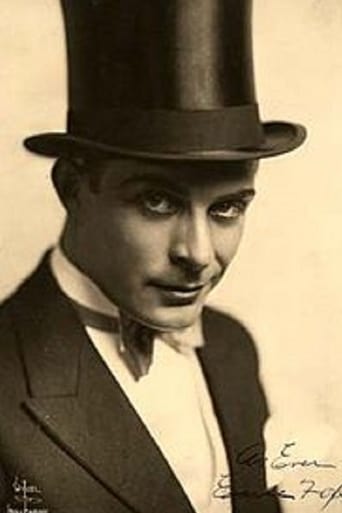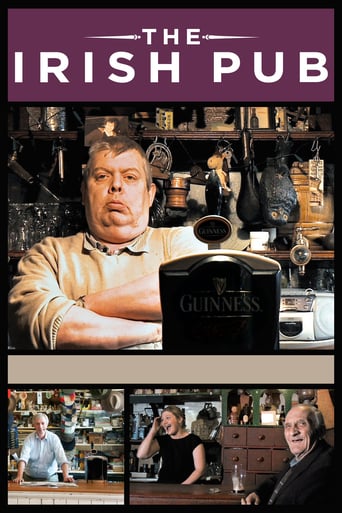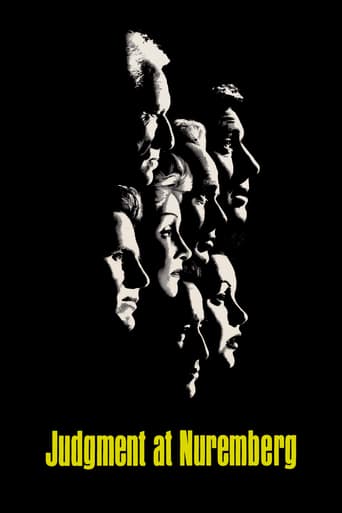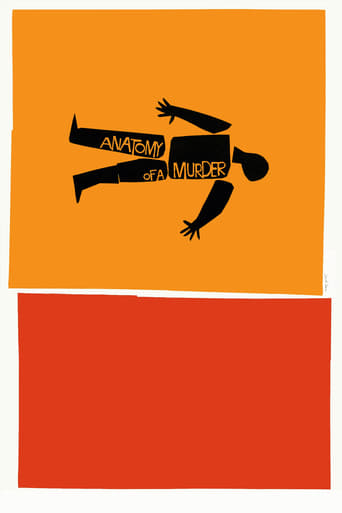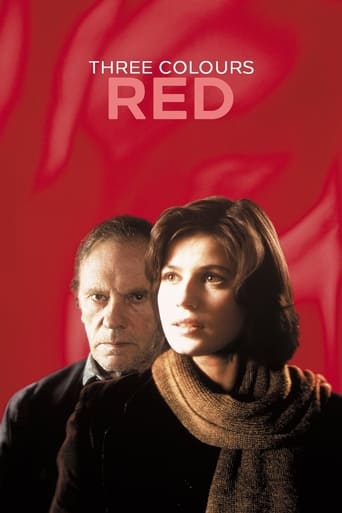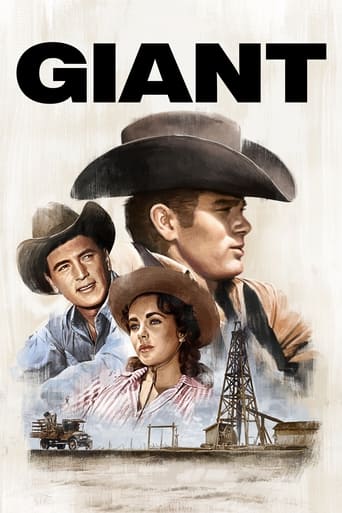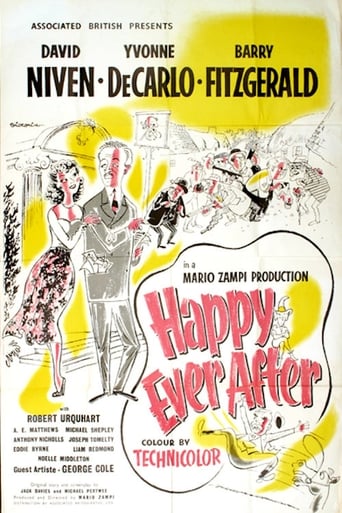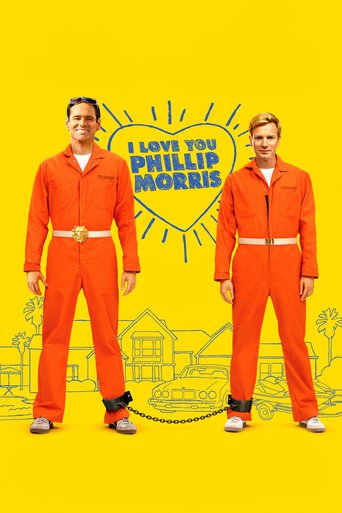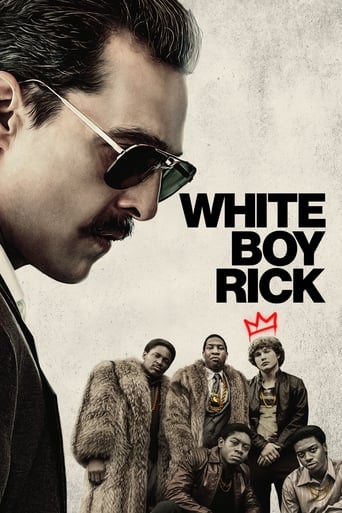Hangman's House (1928)
Forced by her mean-spirited father, Lord Chief Justice James O'Brien, to marry a man she doesn't love, Connaught O'Brien gives up hope of ever with her true love, Dermot McDermot. After her father dies and a hunted rebel leader returns to town, however, Connaught finds a renewed hope that the tides of oppression will shift and she might again find happiness. This silent romantic drama, set in Ireland, is the first film in which a then-unknown John Wayne is clearly visible.
Watch Trailer
Free Trial Channels
Cast


Similar titles
Reviews
Who payed the critics
Tied for the best movie I have ever seen
From my favorite movies..
Blistering performances.
. . . in another of his Paeans to Paganism, titled HANGMAN'S HOUSE. Educated people know that Democracy was invented centuries ago in a small island chain called Great Britain, when the Magna Carta was signed. The British had to enlighten the inhabitants of their outer islands that such practices as Cannibalism and Soccer were Bad Heathen Habits, but some of their more backward atolls remain subject to backsliding even in Today's 21st Century, as evidenced by the recent Brexit vote. Mr. Ford comes down hard on the side of the Satanic Idolators, portraying the few Civilized Brits appearing on-screen here as Cartoonish Snidely Whiplashes. This is especially grating upon informed movie watchers' sensibilities, as they're aware that in Real Life Mr. Ford and his notorious "Road Company" featuring miscreants such as Victor McLaglen (seen here), Ward Bond, and the infamous (and justly hung here) Marion Mitchell Morrison not only engineered and pulled the strings for the murderous McCarthy Witch Hunt Punch & Judy Show, but they also sang like canaries, back-stabbing unsuspecting colleagues over petty jealousies, coveted Floozies, or professional opportunities as the Super Duper Snitch Squad. This makes Ford's "snitches get stitches" pretense during HANGMAN'S HOUSE particularly galling. The only comforting thought to be found here is that Mr. Ford no doubt is Roasting For Real right now, like his Snidely Whiplash character in HANGMAN.
On the opposite side of the disc for 3 Bad Men, I figured it was short and I might as well cross it off my John Ford list. Not worth the time. The story here is just boring, and, though it's interesting to see Victor McLaglen in a silent role and John Wayne as an extra (this was his first film appearance, and that's probably what the film is best known for), it's one of Ford's worst. McLaglen is supposedly the star, but he's mostly a side character. The main story revolves around a love triangle. June Collyer is the daughter of a notorious judge who sentenced many people to the gallows. Her father insists she marry a rich man (Earle Foxe) to ward off his bad reputation, but she's in love with Larry Kent. McLaglen plays a mysterious figure from Foxe's past who shows up to expose his own evil history. Wayne appears as a spectator at a horse race who gets so excited he breaks the fence in front of him. I admit I fell asleep about ten minutes before the end of this one but wasn't interested enough to go back and finish it.
Hangman's House is one of a number of sentimental slices of rural European life to come out of Fox Studios in the late-silent era. This time round the focus is on dear old Ireland, and so who better to produce and direct than renowned blarney-merchant John Ford? Ford's approach to this one is very uncluttered, in that there are none of the improvised comedy diversions that decorated (or bogged down) many of his features. This is perhaps not surprising, since the story and characters being as they are, Ford probably saw no need to inject any further twee "oirishness". Ford's directness is helpful, because the plot is a bit of a muddle as it is. It's not entirely clear whose story we are supposed to be following, as equal weight (albeit different emphasis) is given to three different arcs. Ford probably didn't regard this as a problem though – for him the main character is simply the Irish people, and he photographs each individual as if they were the protagonist.Ford's economy of expression is much in evidence. A typical Ford shot is the introductory one of Hobart Bosworth, he of the eponymous house. In the centre of the frame we see the man as he is now, elderly and frail. The portrait on the wall behind him shows us what he was, whereas the flames that underline the image hint symbolically at where he may soon end up. This is not to say Ford's shot compositions were overly complicated. For most of the picture he uses simple, delicate arrangements that focus us on the important elements. This is often achieved with soft-focus photography, which also adds to the sweet, romantic look of the images.One of the characteristics of the late-silent period is the freeing up of the camera, with pictures such as Sunrise having the lens whiz about all over the shop. By contrast Ford wisely limits himself in this respect, and there are only two significant camera moves in the whole of Hangman's House. The first is at the end of the opening scene, a version of the much-imitated pull-back-across-a-long-table shot that was originally done in 1925 Valentino vehicle The Eagle. This is mirrored towards the end with a dolly in on villainous Earle Fox. Besides these examples the camera is "invisible", in that it only moves to follow an actor or an action. Ford would maintain this pattern of camera movement throughout his career, throwing in just one or two noticeable moves per pictures to draw attention to a key moment.It's a pity the auteurists focused so much on Ford's "themes", because they draw attention away from his restrained and to-the-point command of cinematic technique. To be honest, there is far more going on on that front than there is in the story of Hangman's House, which is clichéd, unfocused and above all boring. Ford's tender shot compositions for the intimate scenes compensate for the so-so acting, and his imaginative coverage of the horse race provides us with a rousing mid-film high point. But pretty though the imagery may be, Ford's pictures of this period were not very interesting. He is one filmmaker whose style would be revitalised by the coming of sound.
Hangman's House (1928) *** (out of 4) John Ford directed this melodrama about an infamous hangman judge who's on his death bed when he asks his daughter (June Collyer) not to marry the man she loves (Larry Kent) but instead marry a man (Earle Foxe) who isn't any good but carries a certain social flame. As it turns out, this man is responsible for the suicide of a woman who just happens to have a brother (Victor McLaglen) who sets out for revenge. Once again Ford perfectly captures the mood, feel and atmosphere of the Ireland settings and makes a very fast paced film. The movie is mainly melodrama but there's an added touch of what would eventually become known as Gothic Horror. The creepy house used in the film is something you'd expect to see in a Euro Horror film as it really becomes its own vital character. The visuals are great throughout and really add to the dread of the situations and the entire cast shines in their roles. Foxe makes for a great villain with Kent a likable and sympathetic character. McLaglen steals the show as the brother who will stop at nothing to get vengeance. The finale contains some great stunts with the climax clearly being the highlight of the film. There's a scene here, which Ford would later use in The Quiet Man and we also get a clear view of a young John Wayne during one scene.

